Many cars are defined by their powertrain. Not so a Rolls-Royce. They need to look, feel, drive and even smell like a Rolls-Royce.
So when creating the Rolls-Royce Spectre, the brief for the engineering team was to create a Rolls-Royce first, an electric car second.
“People tell us they would have bought the Spectre with a V12,” says Rolls-Royce CEO Torsten Müller-Ötvös of the customers who have already seen and ordered the car without driving it. “That shows this is the right car.”
Read more: Rolls-Royce Spectre review
The Spectre, then, is Rolls-Royce’s new flagship two-door coupé that just happens to be powered by electricity. At 5.5 metres long, it’s the indirect (and lower and sleeker) successor to the Rolls-Royce Phantom Coupé that went out of production in 2016, and it’s bigger than the also now retired Rolls-Royce Wraith and Rolls-Royce Dawn two-door models.
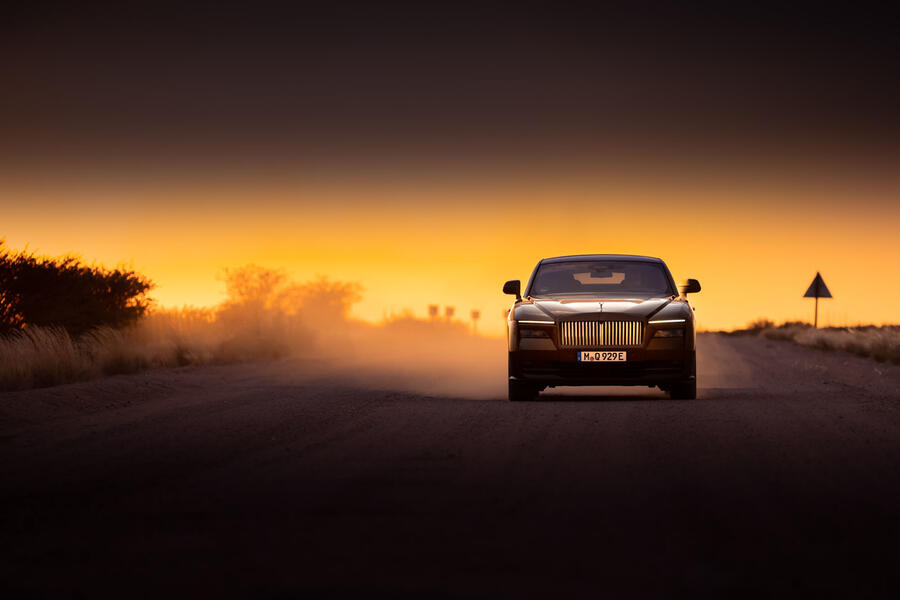
“The Phantom Coupé is seen as one of the most striking Rolls-Royce cars, and it’s pretty rare: maybe only a couple of hundred [were made],” says Müller-Ötvös. “If you own one, look after it and don’t sell it… Clients say it would be great to bring it back, and this inspires what we do. We didn’t want to do an EV, we wanted to do the most luxurious coupé. Electric is just a by-product. This is just the next phase for V12.”
Read more: Best luxury electric cars
The Spectre was revealed late last year, and it looks like the finished article when we arrive in South Africa’s Western Cape to drive it. Yet although it looks nished from the outside, this isn’t an ordinary first drive: the car is only 60% ready for production and at least eight months away from being in the hands of its first customers towards the end of this year.
For this is part two of a story we first told in the spring of last year, when we got to ride in Spectre prototype number six in Sweden’s Arctic Circle, right at the beginning of the Spectre’s development programme. That was extraordinarily early to be offered such an opportunity, but Rolls-Royce wants the development of such a milestone model in its illustrious history documented, warts and all.
So now it’s to South Africa to join part three of the programme, with a further two stages to come. Not that there are many warts to find here. By the end of our drive, 60% seems barely believable; try 95% and just some detail changes to make. But this is Rolls-Royce.






















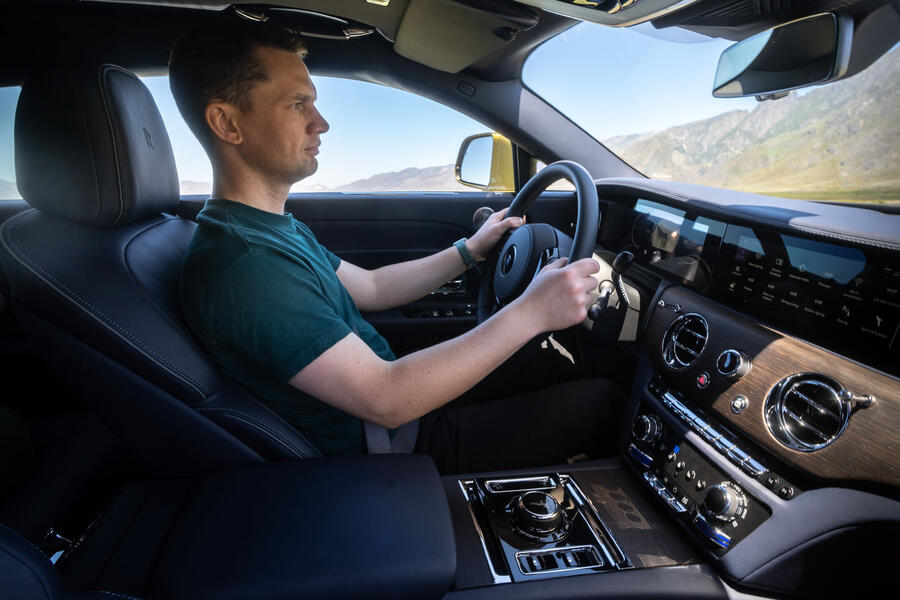
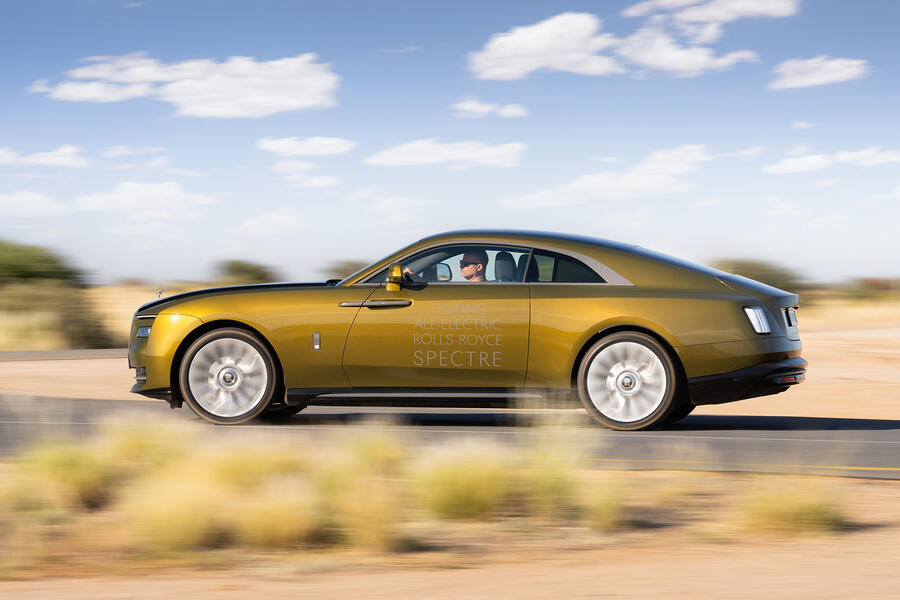
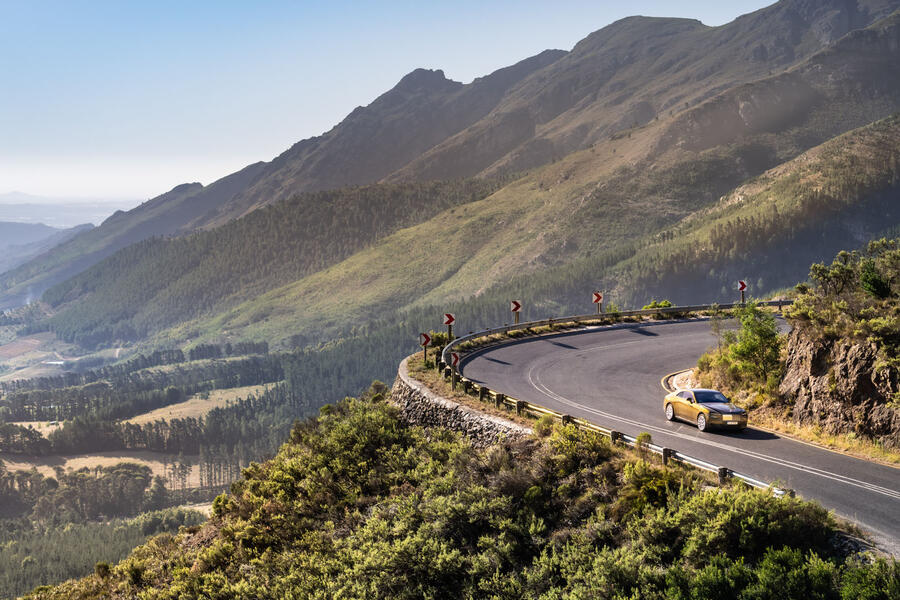
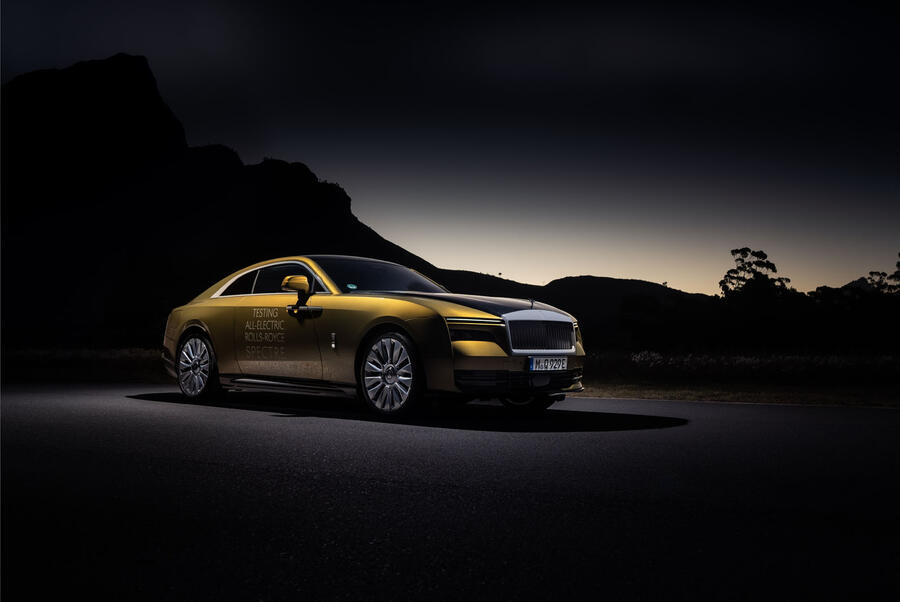





Add your comment